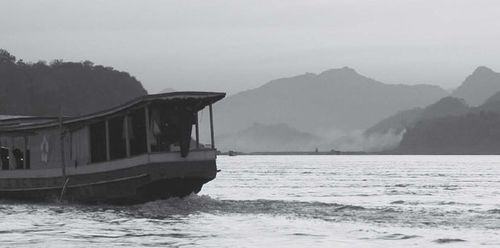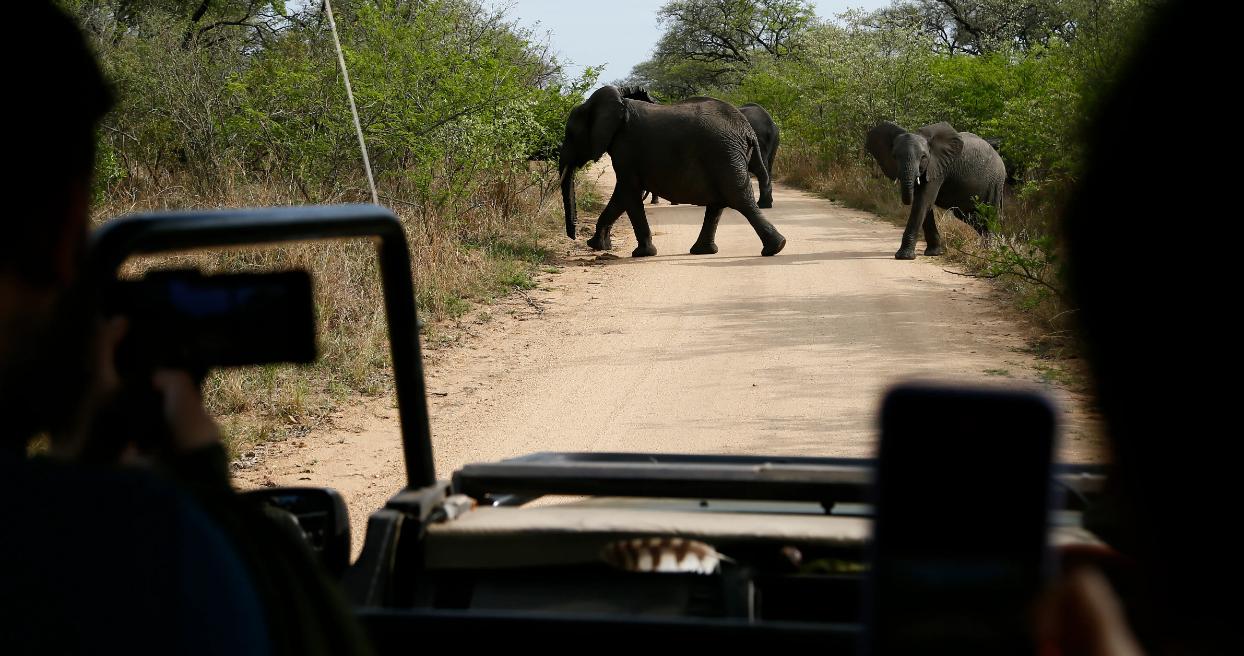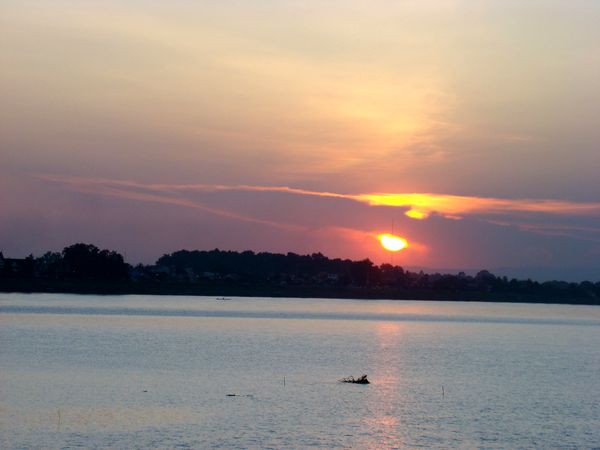Beijing, once among the most polluted cities globally, has significantly improved its air quality over the past two decades, with its experience possibly providing Hanoi with valuable insights into the severe air pollution that the Vietnamese capital is enduring.

Letters from the Mekong: A Call for Strategic Basin-Wide Energy Planning in Laos
This issue brief—the third in Stimson’s “Letters from the Mekong” series—continues to challenge the prevailing narrative that the current rapid pace of dam construction on the Mekong River in mainland Southeast Asia will continue until the entire river is turned into a series of reservoirs.

Certainly, the construction of even a few large dams will severely impact food security in the world’s most productive freshwater fishery and sharply reduce the delivery of nutrient-rich sediment needed to sustain agriculture, especially in Cambodia and Vietnam’s Mekong Delta. However, our team’s extensive research over a number of years, including site visits and meetings with regional policymakers, provides compelling evidence that not all of the planned dams will be built due to rising political and financial risks, including questions about the validity of current supply and demand projections in the greater Mekong region.
As a consequence, we have concluded that it is not yet too late for the adoption of a new approach that optimizes the inescapable “nexus” tradeoffs among energy, export revenues, food security, and fresh water and protects the core ecology of the river system for the benefit of future generations.
In particular, through a continued examination of rising risks and local and regional responses to those risks, we believe that Laos and Cambodia will fall far short of current plans for more than 100 dams on the Mekong mainstream and tributaries. This reality will have particular implications for Laos, which seeks to become the “Battery of Southeast Asia” by setting the export of hydropower to regional markets as its top economic development priority.
In the case of Laos in particular, the reluctant recognition that its dream of damming the Mekong are in jeopardy may cause a reconsideration of its development policy options. Fewer Lao dams will mean that national revenue targets will not be met. Already the government has begun to make overtures for US and other donor assistance in managing the optimization of its hydropower resources. This is not surprising since Lao decision makers depend almost entirely on outside developers to build out its planned portfolio of dams under commercial build-own-operate-transfer (BOOT) concessions for export to neighboring countries. All of these dams are being constructed in a one-off, project-byproject manner with no prior input from the intergovernmental Mekong River Commission (MRC) or neighboring countries, and hence there is little practical opportunity for synergistic planning that could optimize the benefits of water usage on a basin-wide scale.
Because planners cannot see past the next project, it is impossible to determine to what extent the targets for the final power output of either Laos or the basin as a whole are achievable. Further, critical red lines of risk tolerance, particularly toward the environmental and social risks that impede dam construction, are unidentifiable because the government has little stake invested in the projects and derives few resources from the BOOT process to mitigate risk.
By 2020 roughly 30% of the Mekong basin’s power potential in Laos will be tapped by existing dams and those currently under construction. Beyond 2020 the prospect for completing the remaining 70 plus dams planned or under study by the Lao Ministry of Energy and Mines is unknowable. As Lao officials begin to realize they will not necessarily meet their development goals, there will still be time to transition to a basin-wide, strategic energy plan that meets projected revenue goals while minimizing impacts on key environmental flows through a combination of fewer dams and other non-hydropower sources of clean energy generation
A key pillar of support for a strategic energy plan is investing in a national power grid that can provide reliable export of electricity to regional markets and meet domestic electrification needs. Laos currently has no national grid, which limits its ability to negotiate for favorable prices in regional energy trade. An effective national power grid would provide flexibility to dynamic swings in regional demand and assist Laos in managing a gradually rising excess in hydropower supply. The Asian Development Bank (ADB) has already scoped the design and funding package of a “backbone” grid, with an estimated cost of $400 million, about one-fifth the cost of the pending Pak Beng dam on the Mekong mainstream.
The Lao government currently lacks the capacity and resources to implement a strategic, basin-wide energy plan. While much of the traditional official development assistance is shifting away from Laos to Myanmar and other parts of the region, a recent warming in the US-Laos relationship has opened the door to discussion of system-scale power optimization and improving stakeholder engagement. By our assessment, US assistance to date is of high quality but low frequency which limits outcomes. To usher in an effective basin-wide energy strategy, the US should dedicate more resources, promote investment in the national power grid, and utilize its leadership in the region to marshal support from other Western donors and regional states like Vietnam. To attract the right kind of energy planning support, the government of Laos should better articulate its actual needs. Investment in a national power grid would be a step in the right direction.
Source: Stimson



